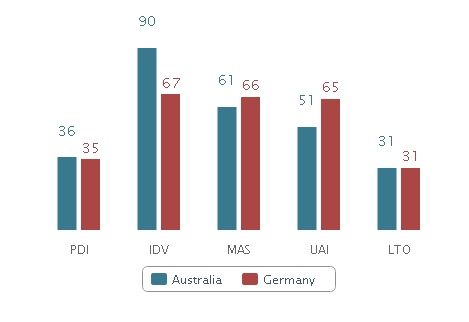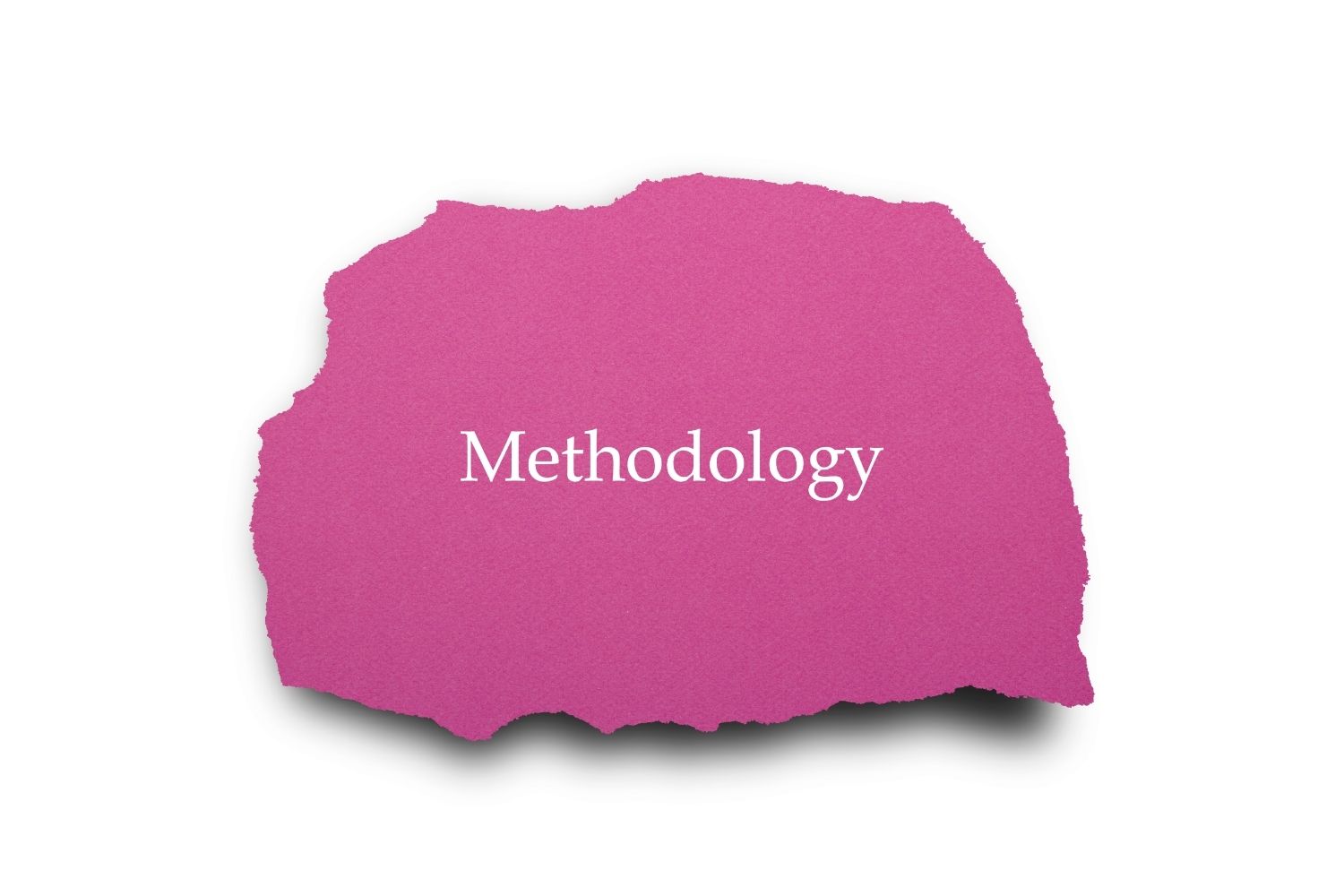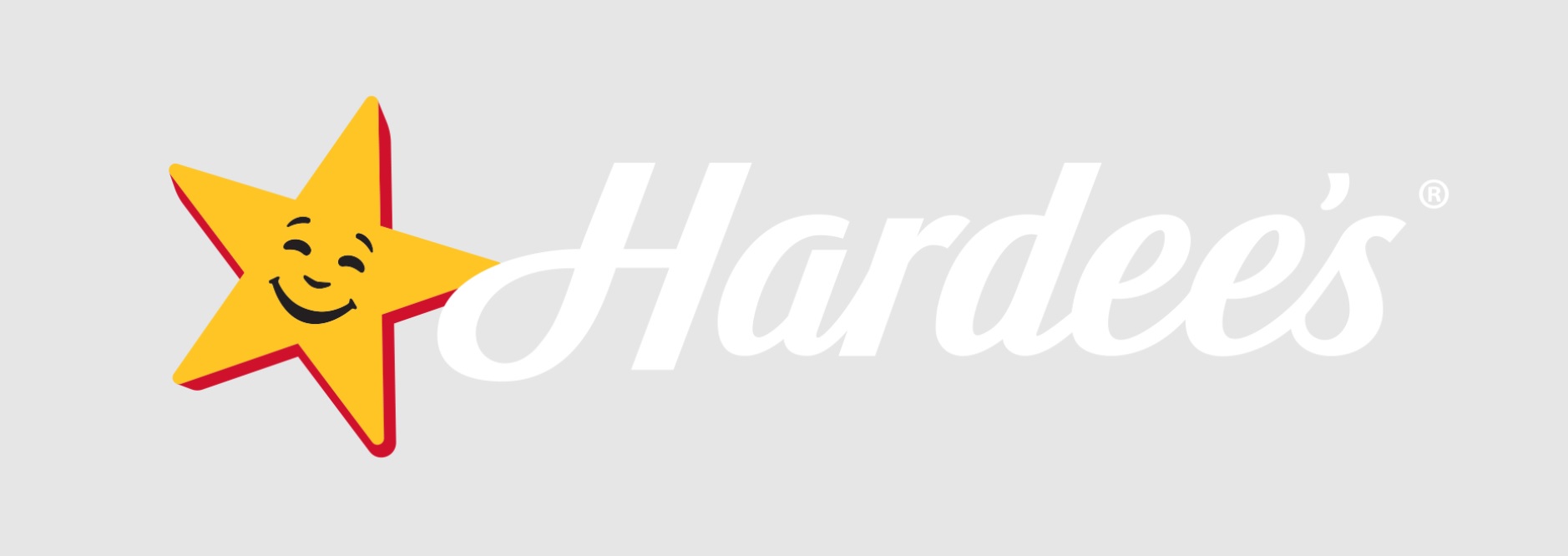Executive Summary
A tablet computer is a portable computer with a touch screen LCD and a virtual keyboard. Because of its resemblance to a mobile phone, this device is sometimes known as a mobile computer. However, the device has all of the basic computer functions, including as internet connectivity, an office suite, and entertainment options. With the aforementioned product, Supernova ltd., a German company, plans to join the Australian market. Consumers in Australia are eager to try new and creative goods, therefore there is a lot of potential for the product to succeed.
The primary goal of the research is to determine how much demand for this product exists in Australia, as well as to learn about customer acceptance of new and creative goods. The research will look at Porter’s Five Forces in connection to the electronic computer industry in Australia, in addition to assessing consumer requirements and wants. The research will also highlight the cultural differences between the two countries, based on Hofstede’s cultural dimension model.
The primary conclusion of the study is that tablet computers are in high demand in Australia, with some forecasting groups projecting that sales would skyrocket in the next years.

Table of Contents
- Threat of new Entrants
- Economies of Scale
- Brand Loyalty
- Capital Requirement
- Analysis
- Threat of substitutes products
- Switching Cost
- Buyer Loyalty
- Analysis
- Bargaining power of buyers
- Number of customers in the market
- Availability of Substitutes
- Analysis
- Bargaining Power of Suppliers
- Degree of supplier concentration
- Availability of substitute inputs
- Analysis
- Existing Rivalry
- Industry growth rate
- Demand for product
- Analysis
- Recommendations
- Hofstede’s cultural dimension
- Cultural dimensions of Australia and Germany
- Difference between two cultures
- Recommendation
- Conclusion
- Reference
Threat of New Entrants
Companies that are currently not competing in a particular sector but have the potential to participate if they chose to do so are referred to as new entrants.
Economies of Scale
Economies of scale refer to the reduction in unit cost of manufacturing when a business expands its production capacity. Cost reduction via mass manufacturing is one of the causes. b) A discount was obtained by purchasing in quantity. b) Spreading fixed manufacturing costs across a larger volume of output. d) The same cost of advertising for a high volume of manufacturing. 1 As a result, Supernova Limited may opt for large-scale manufacturing to get a cost advantage, but they can do a pilot test or test marketing before making a choice.
Brand Loyalty
When customers are more attracted towards the goods of the industry’s established companies, they are displaying brand loyalty. 2By utilizing powerful advertising, excellent product quality, and offering after-sales support, businesses may build brand loyalty. According to a recent research, Australians do not pay a premium for brand names, preferring instead to choose cheaper brands that provide excellent value for their money. As a result, Supernova Limited must sustain client loyalty by keeping a consistent pricing level while also meeting consumer requirements.
- Gareth Jones and Charles Hill, Strategic Management Theory: An Integrated Approach (US: Cengage Learning, 2009), 44.
- William M. Pride and O.C. Ferrell, Marketing (US: Cengage Learning, 2011), 400.
Capital Requirement
Capital requirement is the amount needed for the cost of production and considering the fact that the firm is a new entrant in the market, the total cost will also include the whole set up of the company to start its operation. The entire set up will include manufacturing in the factory, raw materials, labor charges and all other variable cost. Since the company does not have any restrictions in the financial segment they can undertake all the required operations.
Analysis
Since the company does not have any restriction in the financial segment they can go for large scale production but a small pilot test must be conducted in order to analyze its acceptance in the market. Now the most important factor is that Australians are not at all brand loyal they always move towards cheaper brands, therefore in this situation supernova ltd. must follow a penetration pricing strategy to get the initial market share. With the given favorable conditions and sound financial stability threat of new entrants in the market is high.
Threat of Substitutes Products
Substitute goods are distinguished by the availability of products from the same category that fulfill the same function as the original. 3There is no direct substitutes of electronic tablets in Australia. But there are substitutes which are having small differences in the features of the product. The substitutes which have been identified are I-pad by Apple, smart phones, mini Laptops by different companies such as Samsung, Lenovo and other market players and electronic reader by Amazon’s Kindle.
3. Daniel Roy, Strategic Foresight and Porter’s Five Forces: Towards a synthesis (Munich: GRIN Verlag, 2011
Switching Cost
Switching cost is the cost which is borne by customers in the form of time, energy and money.4 In other words the cost one has to bear when somebody switches from using a product of the established company to the product of another company in the market. The customers get locked to the existing company when the switching cost is high. In this case electronic tablets and the other substitutes, the price difference is small. And with the availability of big brands in the substitute segment it will merely cost the customers any loss of time or energy.
Buyer Loyalty
Buyer’s loyalty is the measurement of how a buyer is faithful towards a brand.5Given that Australians preferred to move towards the low priced products with high product value, they can easily accept or try new forms of electronic tablets such as smart phones or I-pads. Their enthusiasm for trying new gadgets will always be high as they are considered technical savvy.
Analysis
With the intention of Australian consumers it can be easily stated that it will be easy for them to switch from one product to other substitute forms such as smart phones, I-pads or mini laptops. The additional factor is that the price difference between the substitute and existing product is also less. Therefore it can be concluded that the threat of substitutes is high.
4. Gareth R. Jones and Charles W. L. Hill, Essentials of Strategic Management (US:
5. Cengage Learning, 2011), 48.
6. Bill Carey and Chantal Howel- Carey, Make Money As a Buyer’s Agent: Double Your Commissions by Working With Real Estate Buyers (US: John Wiley and Sons, 2007), 173.
Bargaining Power of Buyers
The capacity of customers to negotiate and lower the price of a commodity or raise the cost of a business by demanding higher quality goods and services is referred to as bargaining power of the buyer.6 Bargaining power depends on how quickly the buyer identifies other sources.7 Now the main target customers for this product in Australia will be technical savvy persons and business managers. The lighter version with low cost can be targeted to student groups as well. Apart from these segments there can also be an alternative customer base which can be higher income group. They will purchase it for their satisfaction and to showcase the status in the society.
Number of Customers in the Market
This section is about the demand for the product in domestic market. In a study recently conducted by ‘tel-syte’ it has been observed that there is a huge demand for tablet pc’s in Australian domestic market. There were almost double numbers of tablets sold in Australia in 2011 compared to the preceding year. Marketers have also predicted that the sales volume will increase in the years to come.
Availability of Substitutes
Availability of substitutes in this context refers to the availability of substitute consumers. The product is mainly intended for retail customers. But apart from retail customers there are business clients. Therefore rigorous marketing in the in business to business segment will certainly give a competitive advantage to Supernova Ltd. Institutional clients can also be approached for the generating trade.
7. Gareth R. Jones and Charles W. L. Hill, Strategic Management Theory: An Integrated Approach (US: Cengage Learning, 2009), 64.
8. Businessmate. What are Michael Porter’s 5 forces. http://www.businessmate.org/Article.php?ArtikelId=9.
Analysis
Australians are very much reactive to the price change of a product. Similarly they are inclined towards the value of a product. They believe in having low cost and high product values. Therefore it can be clearly affirmed that with the availability of fewer competitors in the market the bargaining power of the consumers are medium.
Bargaining Power of Suppliers
Other companies that supply raw materials, services, and occasionally even personnel to the host company are known as suppliers. Bargaining power refers to a supplier’s capacity to raise the price of raw materials or lower the quality of products and services by providing poor quality materials at a cheap price.8 The primary raw materials for the electronic tablets includes LCD screens, touch screen film, fan-less motherboard, flash memory, battery and other technical requirements include wires, capacitors, connectors, resistor, switches etc. The suppliers of such material in Australian market include Lacie, Mesostate LCD industries ltd, techbuy Australia and 3M Australia among many others. Apart from the domestic suppliers there are also availability of raw materials through online purchase from websites like alibaba, global source, techbuy and deals direct to consider a few.
Degree of Supplier Concentration
The number of suppliers of raw materials for manufacturing an electronic tablet computer is relatively large. The exact number of suppliers cannot be calculated but it there are several numbers. They are not exactly from the same location but scattered in different parts of Australia such as New South Wales, Sydney, Adelaide, Victoria and Canberra.
Availability of Substitute Inputs
Availability of substitute input refers to the presence of other raw materials by which an electronic tablet computer can be manufactured. But in this case such application is not possible.
9. Mike W. Peng, Global Strategy (US: Cengage Learning, 2008), 41.
Analysis
Considering the fact that there is availability of a large number of suppliers of raw material for the manufacturing of electronic tablets, the bargaining powers of the suppliers are relatively low.
Existing Rivalry
This force reflects the competition within the industry.9 Rivalry among industry is about the intensity of competition among the organizations of the electronic tablet computer industry. The competitors also manufacture the same kind of product to sell in the market. Competitors within this industry are Samsung, Apple, HTC, Dell, Asus, Toshiba, Acer, Pandigital etc.
Industry Growth Rate
According to a marketing research firm in Australia there were more than 1.4 million tablets sold all over the country. They are predicting that within 2012 the sales volume will touch 2 million and the most encouraging data provided by them is that within 2016 there will be 5 million tablets sold i.e. half of the population of Australia will be using tablet pc. The industry growth rate is calculated to a mammoth 330% per annum.
Demand for Product
The nation is seen as a potential market for tablet computer manufacturers. With the industry’s strong growth rate, it’s clear that there’s a lot of demand for the goods in Australia. Tablet computers have been hailed as a game-changing device in the electronics industry. The tablet PC market in Australia is projected to expand exponentially with growing adoption of the product, according to ‘Australia tablet PC and market forecast opportunities, 2016’. Most significantly, it succeeds admirably in bridging the gap between a smartphone and a laptop computer. Another reason for success is that Australia has a high number of internet users, and this program is well supported by a tablet and a computer.
10. Porters Five Forces. Rivalry among existing firms in the industry. http://www.portersfiveforces.org/rivalry-among-existing-firms-in-the-industry/
Analysis
There are several tablet producers in Australia, as well as alternative goods like as smart phones and small computers. As a result, it is obvious that there is fierce rivalry within the sector.
Recommendations
After conducting the analysis of porters five forces in the Australian market the following are the findings:-
- Threat of new entrants in the market is high.
- Threat of substitute products is also on the higher side.
- The bargaining powers of the customers are medium.
- The bargaining powers of the suppliers are low.
- The competition among the industry is also high.
Based on the above findings the following recommendation can be drawn:-
- The company must enter the Australian market with penetration pricing strategy, considering the fact that Australian consumers prefer brands that offer low price but gives good value of the product. They must also use product differentiation in the form of some extra flash memory or a preloaded useful application like YouTube downloader, face- book, twitter and online share trading software.
- The second recommendation is that the company before going for a large scale production must go for a small scale venture by conducting a pilot test of test marketing. This will give them an idea of the acceptance of the product.
- The company must develop its advertising campaign keeping in mind the Australian culture and some catchy taglines which may help in grabbing customer attention.
- Higher-income groups, businesspeople, technology-savvy individuals, and a lighter version for students should all be prioritized.
In order to have more insights of the electronic tablet industry and also to have an internal assessment a SWOT analysis is also conducted to know the Strengths, Weakness, opportunities and threats of the company. The analysis is shown below:-
| Strengths
– The company is financially strong enough to compete in the market. – Supernova Ltd. focuses on product differentiation. – Previous experience in the particular product line. Weakness – The company lacks exposure in foreign markets. – Lack of brand name, brand image and customer base. – Initially the company has to spend a lot in setting up the infrastructure. |
Opportunities
– Tablet pc’s have great demand in Australia. – Australian consumers move toward the new brands which offer subsequent product value. – Penetration pricing will give high market share. Threats – Availability of substitute products like smart phones and mini laptops. – Competitors like Samsung, dell and Lenovo will give stiff competition. – The product is only meant for higher income groups which may reduce the sales volume. |
Hofstede’s Cultural Dimension
Cultural Dimensions of Australia and Germany
Greet Hofstede has proposed a systematic process for distinguishing the national cultures of different countries with respect to the organizational culture. The theory is known as cultural dimension theory. The theory is a bit complex but still it is widely used.10 The dimensions identified by Greet Hofstede in his theory include Power distance index, Individualism vs. collectivism, uncertainty avoidance index, quality vs. quantity of life and time orientation.11
| Dimensions | Australia | Germany |
| Power distance | Low | Low |
| Uncertainty Avoidance | Practical | Higher, by using expertise |
| Collectivism vs. Individualism | Individualism | Individualism |
| Quality vs. Quantity of life | Quality | Quality |
| Time Orientation | Short termed | Short termed |
(Source: Author’s Creation)
11. Ralph Johann, Cross-Cultural Management: The Case of the DaimlerChrysler Merger. (Munich: GRIN Verlag, 2008), 5.
12. Businessmate. What are Geert Hofstede’s 5 Cultural Dimensions. http://www.businessmate.org/Article.php?ArtikelId=4.
Graphically it is shown below:-

(Source: http://geert-hofstede.com/australia.html)
Difference Between Two Cultures
It can be easily identified that the cultural difference based on Hofstede cultural dimension between Australia and Germany is very less or negligible, apart from the fact that there is a small amount of difference between the two countries in dimension of uncertainty avoidance index. The Australians are more practical thinkers than the Germans.
Recommendation
With the exception of the uncertainty avoidance rating, there is virtually little variation in culture between the two nations. In Australia there is a need of both generalist as well as experts. This factor can be overcome by the use of proper planning.
Conclusion
The research has been conducted to know about the Australian consumers, suppliers, their culture and also their take on the new innovative technologies and products such as electronic tablet computers. The research tools which are used in the process include Porter’s five forces and Hofstede’s cultural dimension model. After going through all the research processes the following are the findings:-
13. Geert Hofstede. What about Australia. http://geert-hofstede.com/australia.html.
- In Australian electronic tablet industry there is a healthy competition among the market players. There is also availability of substitute products in the form of smart phones and mini laptops which also gives a stiff competition. Customers’ negotiating power is restricted since they only have a few options to choose from. While on the other hand the bargaining power of suppliers is low because there is many suppliers of raw-materials are already present in the industry. Apart from this the threat of a new entrant in this market is also on the higher side, as the industry offers favorable conditions. Therefore it is highly recommended that companies must have tight entry barriers.
- By analyzing the cultures dimensions of two countries, it has been observed that there is a small cultural difference in the country in the form of uncertainty avoidance. Australians are very much practical in this scenario than the Germans.
After doing all the analysis of the given factors it can be stated that Supernova Ltd. can easily enter the Australian market with their product. But there are some preventive measures that need to be adopted such as to observe cautiously the price fluctuations in the industry and accordingly adjust the price. With the advantage of having negligible cultural differences of two countries the business may become well established in Australia.
Reference
- Businessmate. What are Geert Hofstede’s 5 Cultural Dimensions. http://www.businessmate.org/Article.php?ArtikelId=4.
- Carey, Bill. And Chantal H. Carey. Make Money As a Buyer’s Agent: Double Your Commissions by Working With Real Estate Buyers. US: John Wiley and Sons, 2007.
- Ferrell. O. C. and William M. Pride. Marketing. US: Cengage Learning, 2011.
- Geert Hofstede. What about Australia. http://geert-hofstede.com/australia.html.
- Geert Hofstede. What about Germany. http://geert-hofstede.com/germany.html.
- Johann, Ralph. Cross-Cultural Management: The Case of the DaimlerChrysler Merger. Munich: GRIN Verlag, 2008.
- Jones, Gareth R. and Charles W. L. Hill. Essentials of Strategic Management. US: Cengage Learning, 2011.
- Jones, Gareth. And Charles Hill. Strategic Management Theory: An Integrated Approach. US: Cengage Learning, 2009.
- Peng, Mike W. Global Strategy. US: Cengage Learning, 2008.
- Porters Five Forces. Rivalry among existing firms in the industry. http://www.portersfiveforces.org/rivalry-among-existing-firms-in-the-industry/.
- Businessmate. What are Michael Porter’s 5 forces. http://www.businessmate.org/Article.php?ArtikelId=9.
- Roy, Daniel. Strategic Foresight and Porter’s Five Forces: Towards a Synthesis. Munich: GRIN Verlag, 2011.





























